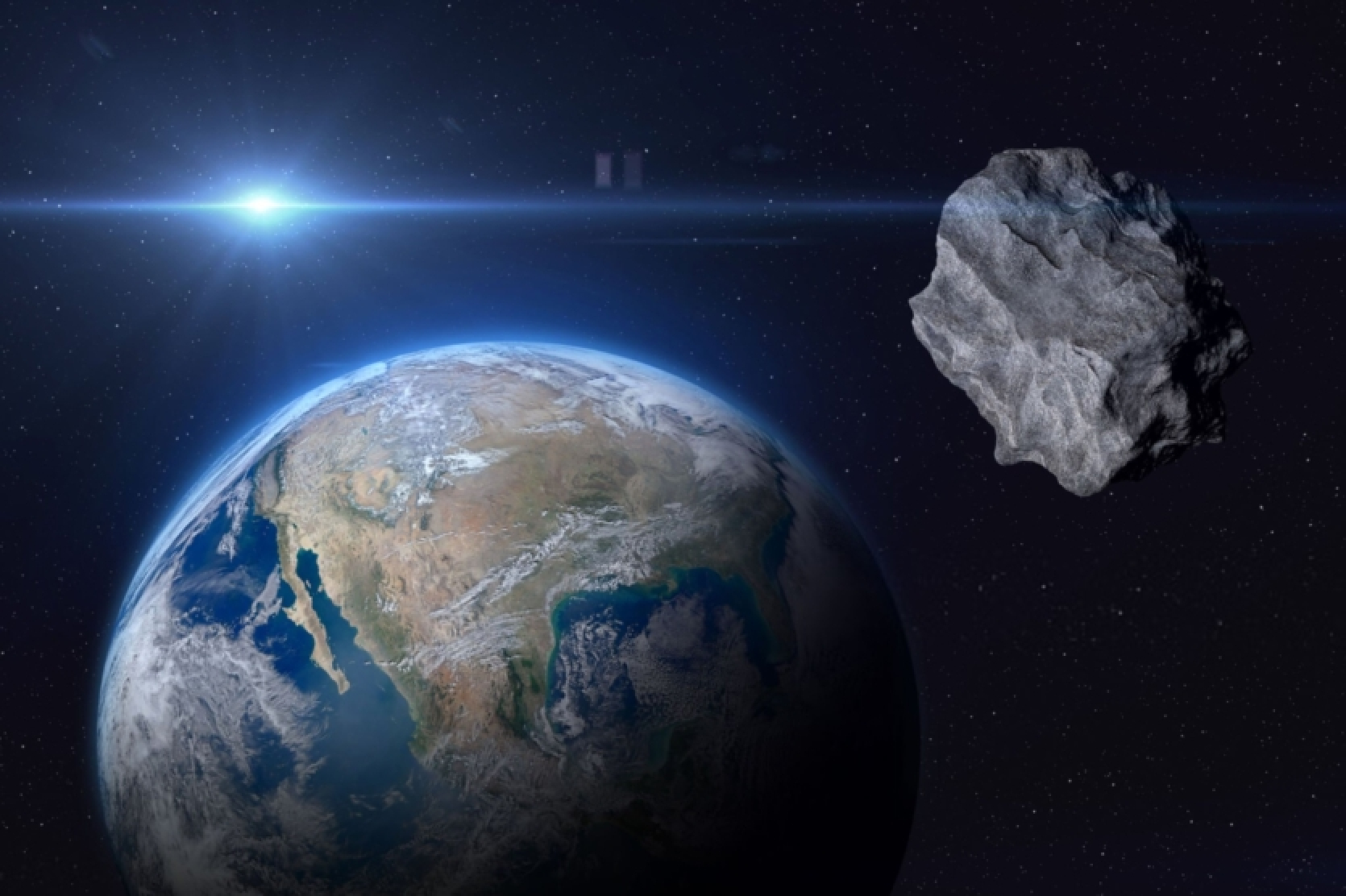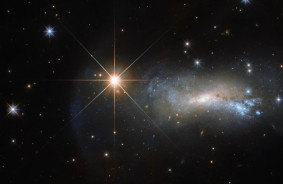Recently, the asteroid 2024 MK, which passed by our planet at the end of June, underwent significant changes in its orbit. New NASA images confirm that the close approach to Earth has significantly affected the trajectory of this cosmic object.
A huge rock, about the size of the Great Pyramid of Giza, zoomed by Earth and the Moon at a speed of over 34,000 km/h. This rare approach allowed astronomers to photograph this cosmic object for the first time. The images showed that Earth's gravitational field slightly deviated the asteroid from its previous course, permanently altering its journey around the Sun.
Asteroid 2024 MK has a diameter of about 150 meters, making it large enough to destroy a metropolis. This "potentially hazardous" object with an irregular elongated shape was first noticed on June 16 using the ATLAS system, funded by NASA, in South Africa.
On June 29, just 13 days after its discovery, 2024 MK reached its closest point to Earth, passing at a distance of almost 295,000 kilometers - approximately three-quarters of the distance between Earth and the Moon The distance between Earth and the Moon is approximately 384,400 kilometers.
The distance between Earth and the Moon is approximately 384,400 kilometers.
Scientists from NASA's Goldstone Deep Space Communications Complex in California observed the flyby using the Goldstone Solar System Radar radio telescope. By reflecting radio waves off the "space rock" during its flyby, the team created grainy "bistatic" images of the asteroid. This helped determine its exact shape and create a map of craters and ridges on its surface. NASA's Jet Propulsion Laboratory released new photos on July 3.
Fortunately, "future motion of 2024 MK shows that it [still] poses no threat to our planet in the foreseeable future," NASA representatives wrote in their statement.
Two days before the flyby, on June 27, the same telescope also captured an image of the significantly larger asteroid 2011 UL21 as it passed at a distance of approximately 6.6 million kilometers from our planet. The images revealed that this "space rock" has a moon orbiting around it.
Source: Livescience













Comments (0)
There are no comments for now